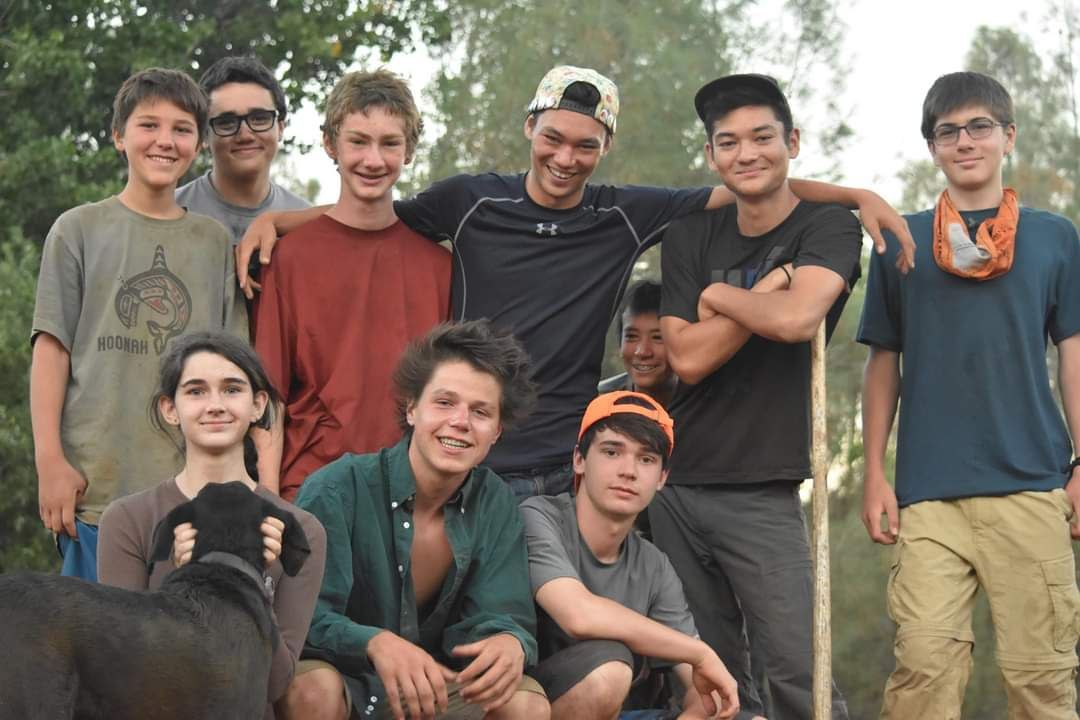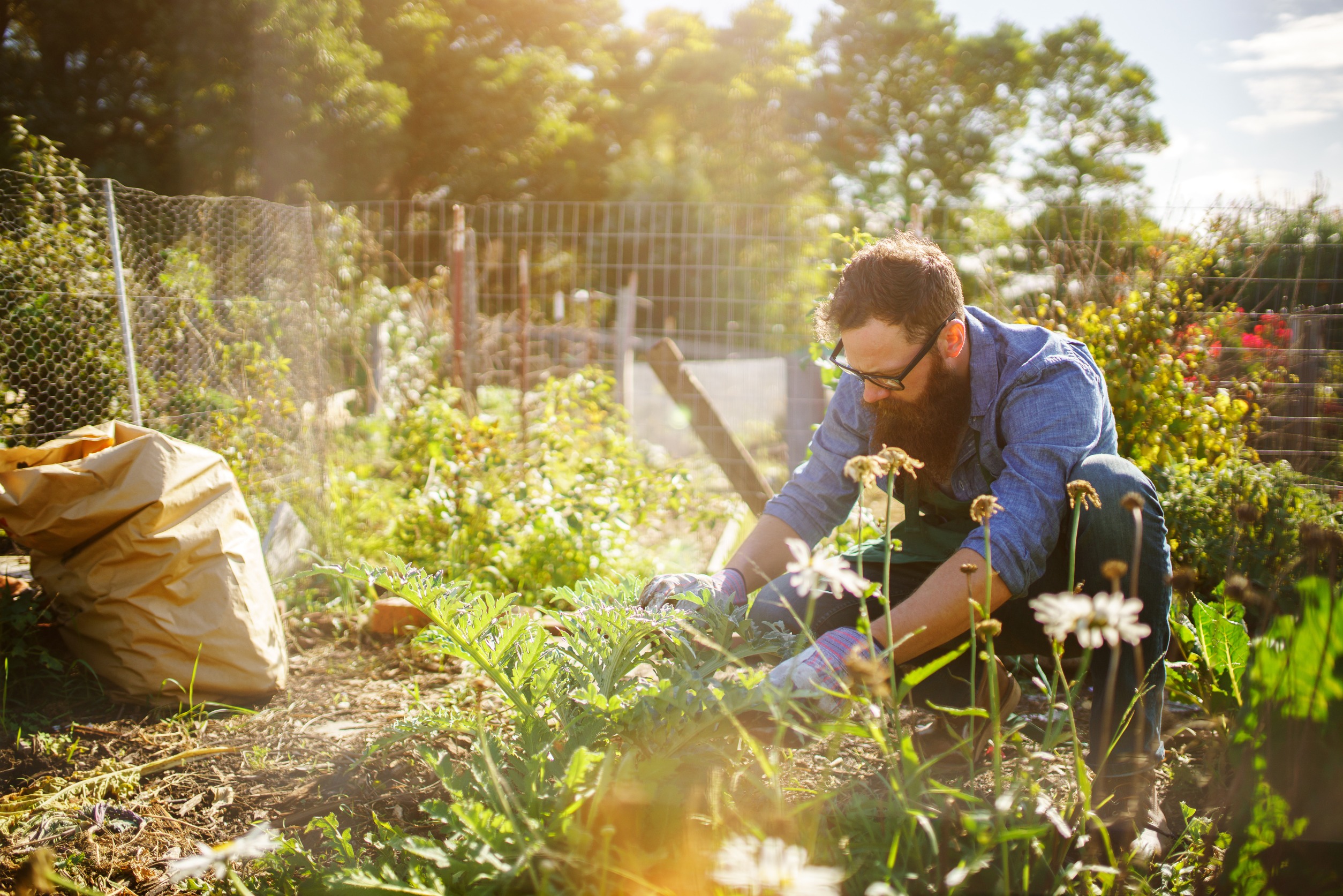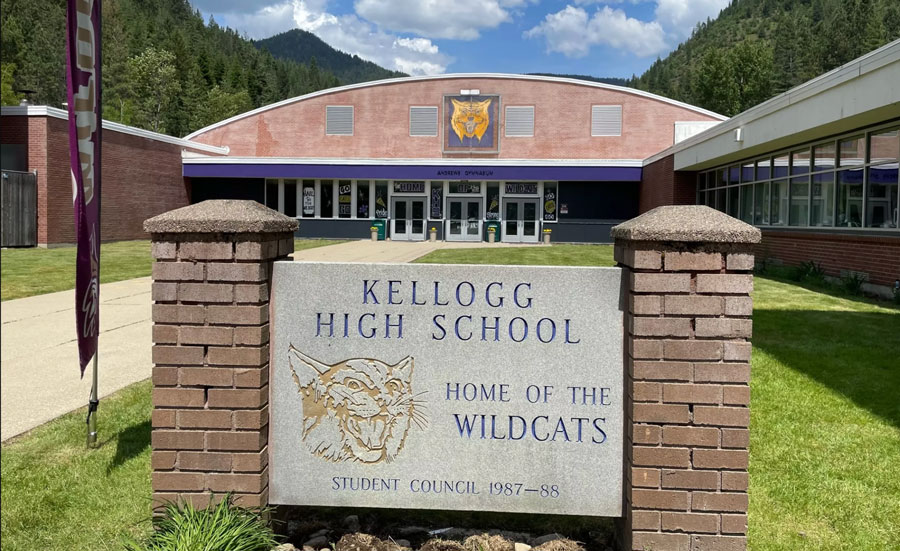Greatest Generation 2.0 – Column by Brian D. King
A frequently asked question is: “How do you get kids to learn academics without the fear of testing, grades, and GPAs?”
Answer: We first find their passions.
Students that have gone to a standard model school, or are forced to do homeschool worksheets, often do not know how to initiate play and lose a thirst for learning. Many preteens and teens spend about three weeks watching the students who have a history with us before finding an interest in new things and stop relying on their electronics to entertain them. On the other hand, others know exactly what they want to study, because the standard model school kept putting roadblocks in their way to learning careers of interest to them. Many careers are ignored by standard model schools.
Our school is out in nature for 170 out of 180 days, typically we hike a half mile to three miles each day. Most families pick our school because wilderness and survival skills are a daily experience, not a once a week enrichment activity, and they know we start a fire each day that it is safe to do so.
Student: “Mr. WOG, can I start a campfire?”
Brian: “Sure, but we must figure out if it is safe to do so.”
Students rotate the responsibility each week to use the scientific instruments to measure wet and dry bulb temperature to calculate the relative humidity. The most basic thing they learned from this is that they will feel warm at 75°F, but with a low relative humidity and a wet cotton shirt they may chill to 60°F or colder in dry 70°F air.

By measuring the wind, they can calculate the wind chill and understand what that term means. They can also calculate how fast the wood in the forest is getting dry. Yes, we like to have a campfire everyday, but we must use this information plus the mass of one inch square block of wood hanging in the air. Fire draws us all in, just like water and guns. By building a fire each day, the students learn about BTUs, the latent heat of vaporization, and why it is so hard to get kindling to burn when it is in the humid air. They learn through observation that dry pine takes about 0.5 BTU to heat one pound 1°F, and 1.0 BTU to heat one pound of water 1°F. They observe that a pound of dry wood can absorb a pound of water and that liquid water can only get as hot as 212°F. To get that pound of liquid water to 212°F steam requires 970 BTUs, but the wood has to reach 700°F. The little kids figure out it takes a lot of time to get a piece of damp wood to start to burn, the teens learn bone dry wood only requires 315 BTUs to catch fire, but if it is wet it will require more than an additional 1,000 BTUs to get the water out of the wood first. Teen students learn college-level fire physics in their first week in our school, and no work sheets or lectures are involved – they are just living our daily routine.
By self-selection, all of our students want to learn about nature and wilderness skills. Many do pick careers in which their office will be in nature, where off-road vehicles, rappelling down a cliff, off-trail navigation, scuba diving, pack horses, or bush planes are not recreational activities but part of their daily work commute. These careers all required math and science, and the key in wanting to learn these skills is that the skills are relevant to their own personal interest.
Young student: “Mr. WOG, can we go to the Gazos Creek Trailhead today?”
My reply: “Well, I am not sure if we have enough fuel to make the 4×4 loop without needing to head back into town for fuel? Do you know how to calculate the fuel necessary?”
Young student: “Ah, no.”
Brian: “Well today is a good day to learn.” I turn to a student observing the conversation and ask, “What do we need to know to calculate?”
Teen student: “The miles in and out and what our miles per gallon would be.”
Brian: “Okay, where do we find that?”
Teen student: “Miles and difficulty from the topo map, and our fuel used on a similar trail from the log book, oh, and we can get a rough estimate of how much fuel we have from the fuel gauge.”
Brain: “Good, can you show him [young student] how to do it?”
Teen student: “Sure.”
Next time, I will show you the many ways our students use trigonometry in their passion.







